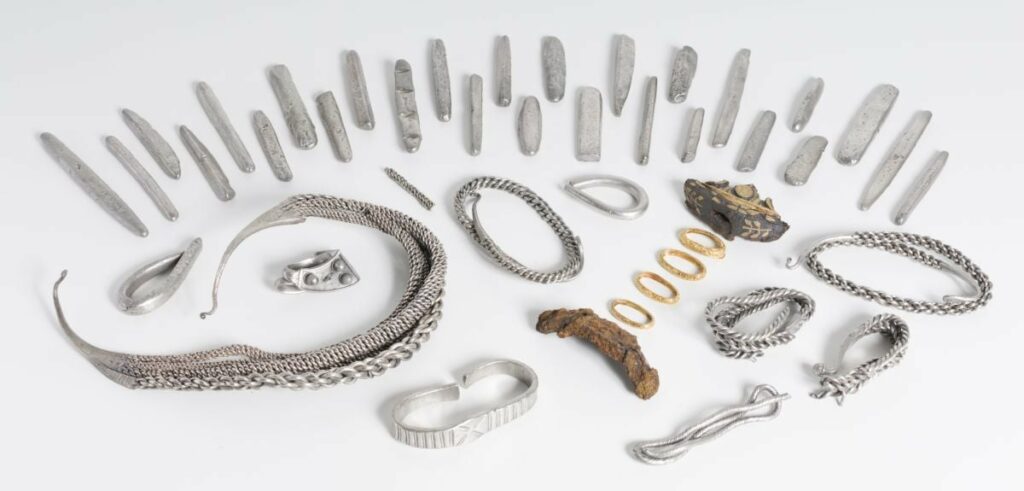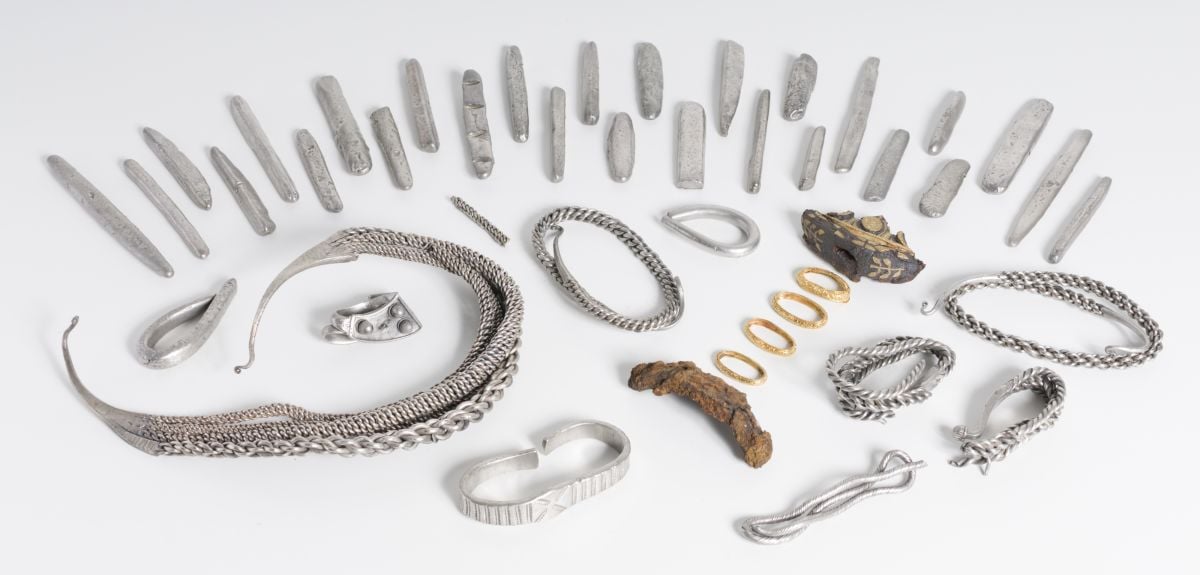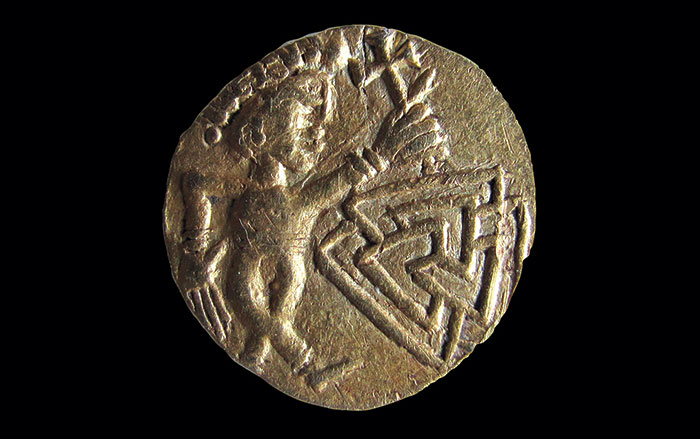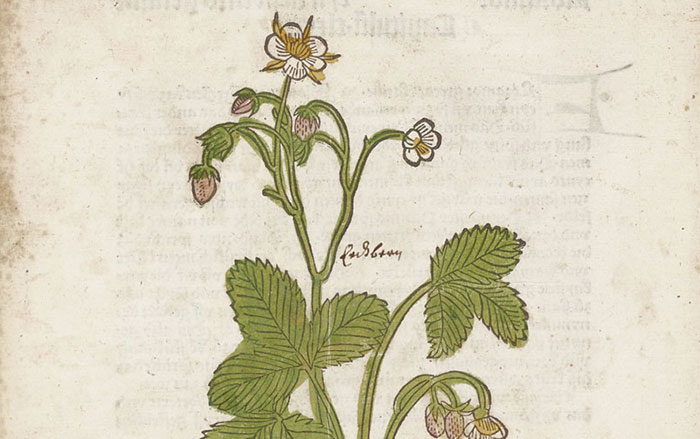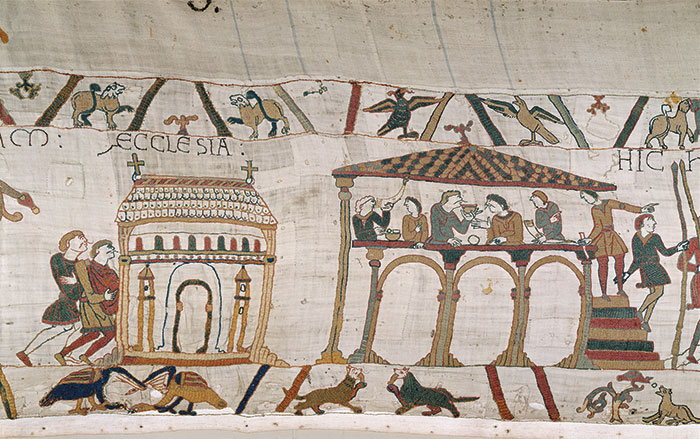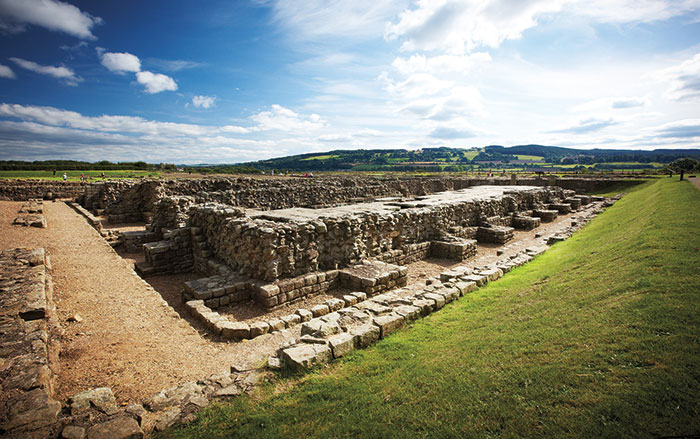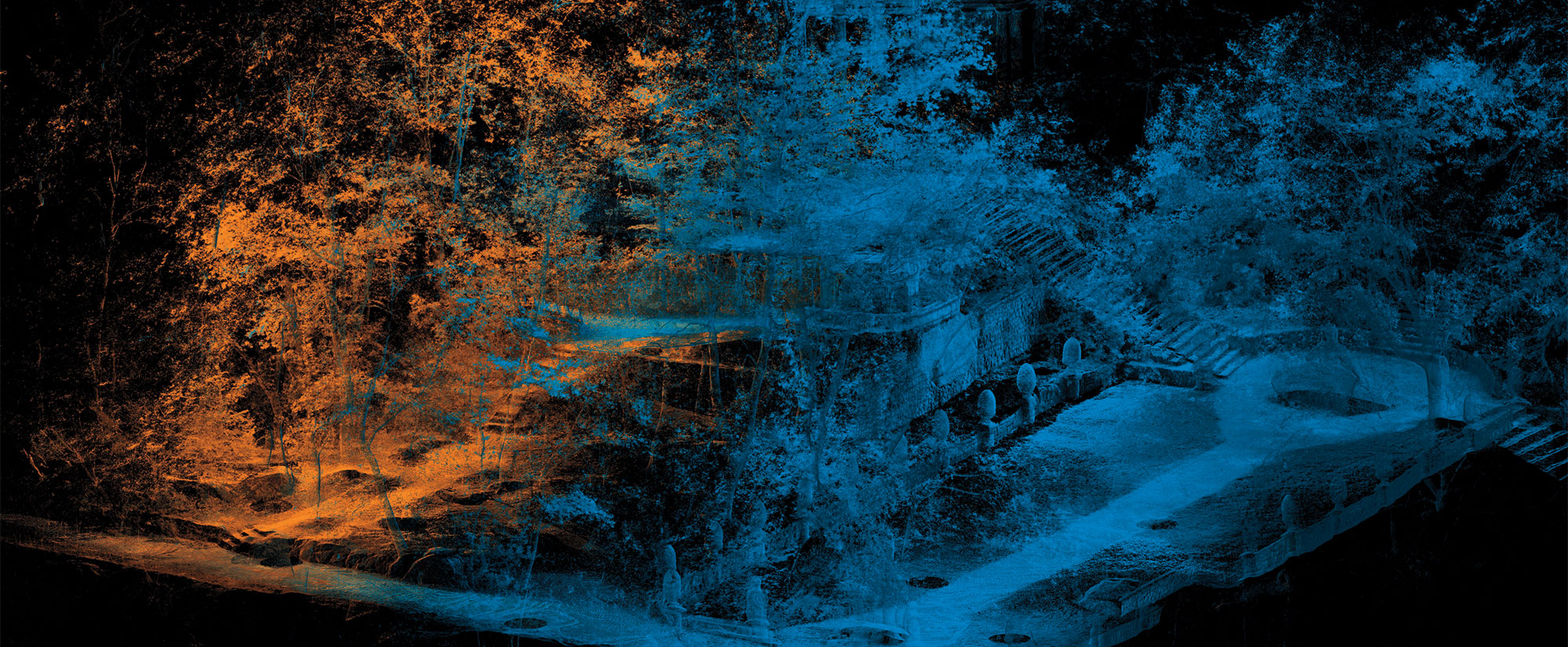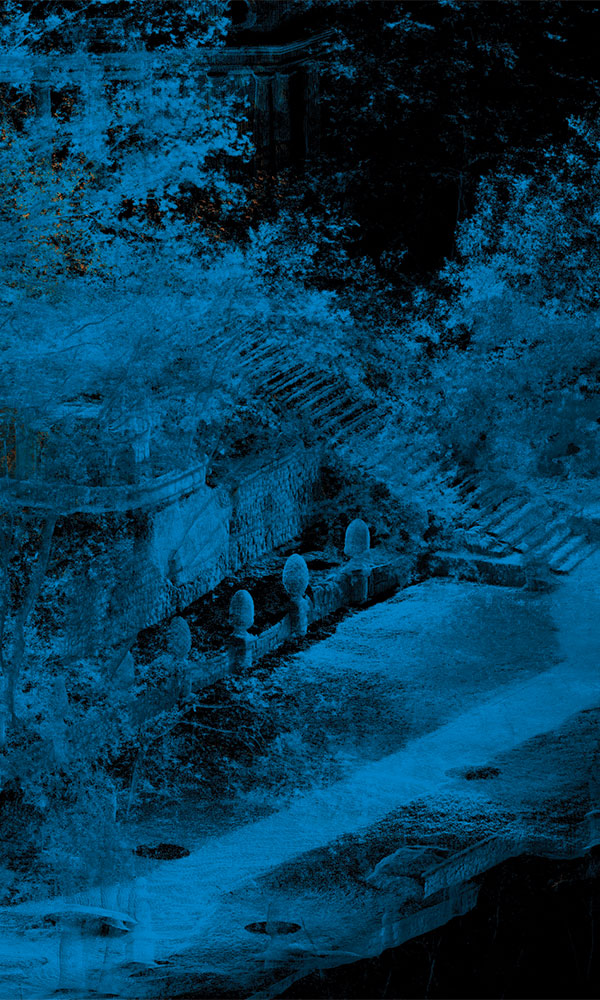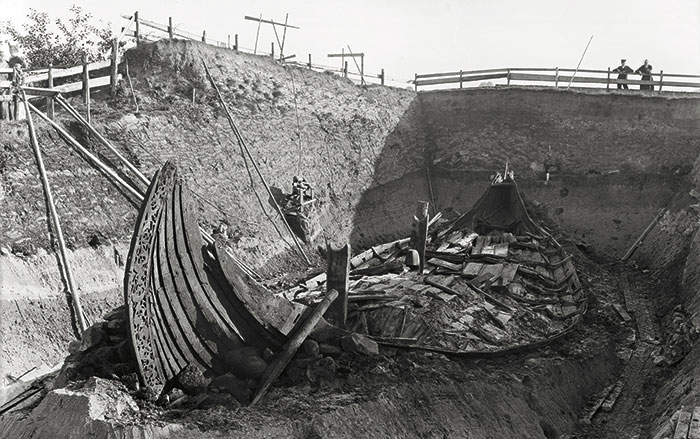OXFORD, ENGLAND—When the Bedale hoard was first discovered by metal detectorists in 2012, it was immediately recognized as one of the most significant assemblages of Viking-era silver objects and jewelry that had ever been found in England. Dating to the late ninth or early tenth century, the collection consists of 29 silver ingots and several elaborate neck rings, among other items. According to a statement released by the University of Oxford, a recent study of the origins of the Bedale silver is shedding new light on the international scope and far-reaching extent of Viking trade. Researchers led by Oxford archaeologist Jane Kershaw used lead isotope and trace element analyses to determine that the bulk of the silver came from western European sources—not surprising, given that much of the Vikings’ wealth was gained through raiding, looting, and ransom. However, the study also revealed that a portion of the silver originated as Islamic coinage from modern-day Iraq and Iran, and would have been acquired through broad commercial networks connecting northern Europe with the Islamic caliphate in the Middle East and Central Asia. This demonstrates the Vikings did not always rely on nefarious practices to amass their riches. “Most of us tend to think of the Vikings primarily as raiders, who looted monasteries and other wealthy places in search of wealth,” Kershaw said. “What the analysis of the Bedale hoard shows is that that is only part of the picture.” Read the original scholarly article about this research in Archaeometry. To read about another exceptional cache of objects from this period, go to "Secrets of Scotland's Viking Age Hoard."
